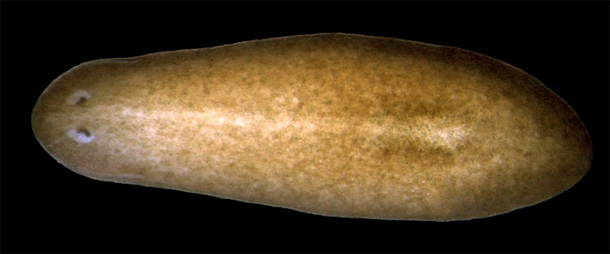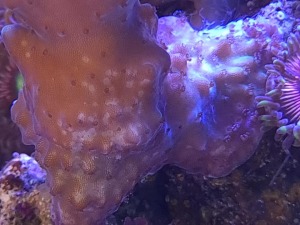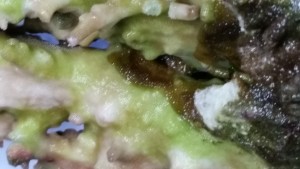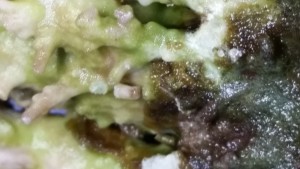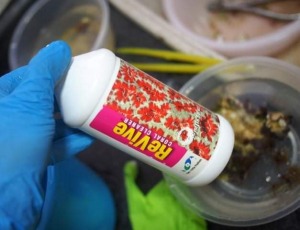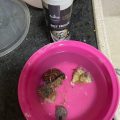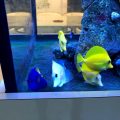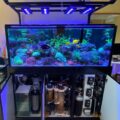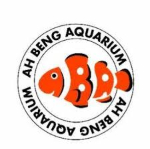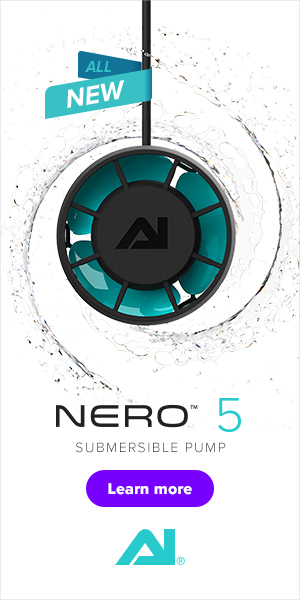7 ways to get rid of unwanted pests in your tank
How to get rid of unwanted pests in your tank
Preventing unwanted pests getting into your tank is something that you should always be on your mind whenever you introduce new coral into your tank. Even so when you are setting up a marine tank for reefing for the first time or in the event that you already do have one set up, it is important that you keep a lookout for these unwanted hitchhikers – snails, bristle worm, crab, mantis shrimp ect and sometimes even the occasional floral hiding in your live rocks or corals.
Are there hitchhikers in your marine aquarium?
There are some of these pests in the tank that will give you much more trouble than you ever thought of ways how to remove them. Some of these creatures can be extremely harmful to the corals and fish in your tank if you don’t find a solution removing them. However, if there are instances that these unwanted pests get into your systems, below are some of the tips which you may try using.
So the big question… How can you get rid of these pests in your tank?
When you want to go about setting up a marine tank for reefing or in case you already do have a marine aquarium, then it is very important that you know how to get rid of pests that are present in your tank. So, here are a few pests that inhabit tanks and the ways in which you can get rid of them…
1) Bristle Worms:
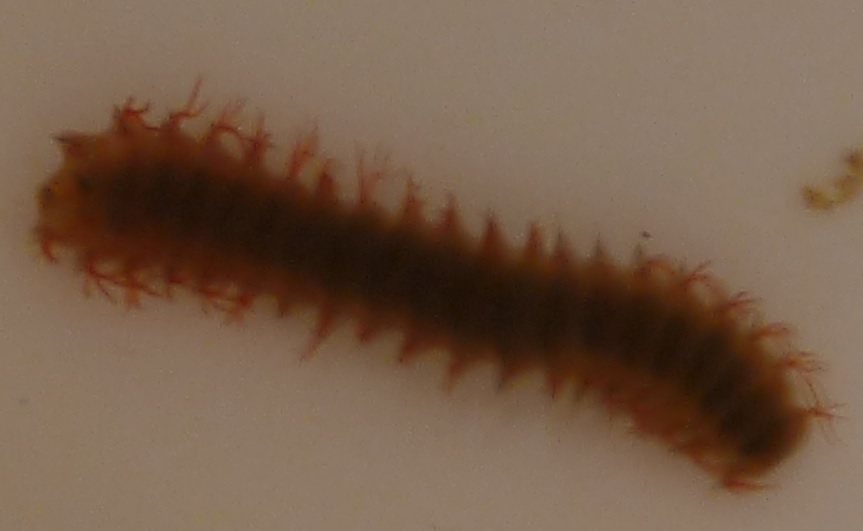
They vary in length from 1–12 inches and they come in colours ranging from red to orange to brown. They can be detected by their bristles that are hairy and protrude from each segment on both sides of the body. The easiest way of locating them is to wait till it is dark and then take a flashlight and search your tank. Though there is still a bit of debate whether these worms do cause a problem or not, it has been agreed that these worms do cause a problem when they become large and it is then that they start to attack coral, other kinds of invertebrates and fish too.
The solution: The best way to get rid of them is by trapping them by using one of the various commercial traps that can be obtained in the market or manually removing them. Keep in mind that the bristles may give a very powerful sting and also, the larger worms can bite. So make sure that you use strong gloves or a pair of tongs when you are removing them.
2) Mantis Shrimp:
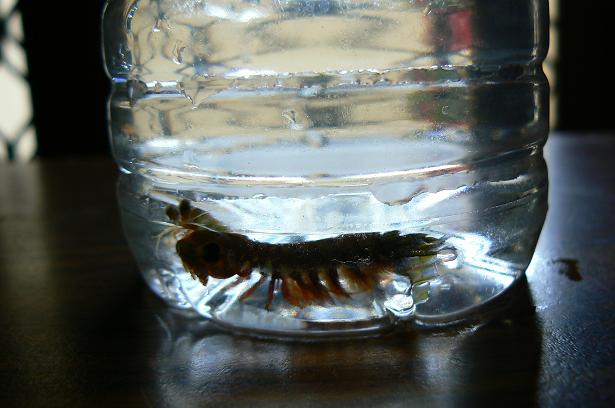
These look like a mix between a lobster and a shrimp. They vary in size from 2 – 12 inches. They are extremely elusive to find in a home aquarium. An indication that these are present is when you hear a loud clicking sound in your aquarium and you also notice that your fish are disappearing. Fact is that they will kill almost all the life forms in your tank.
The Solution: Use a commercial or DIY your own trap to catch them but be careful as these shrimp are extremely aggressive.
3) Montipora-Eating Nudibranchs ;
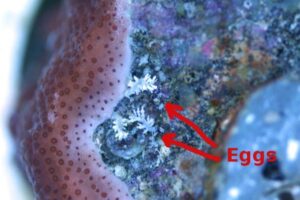
These are probably the number one Worst pest that a Saltwater Aquarium can have. It is usually found in SPS corals i.e; Montipora coral as they reproduce tiny versions of adults that can immediately begin eating the coral can hide in the smallest crevices and are amazingly resilient to almost all treatments (including starvation!) Currently, the best treatment is a potassium permanganate (a rather harmful chemical, so use caution) dip in conjunction with a separate treatment tank, commercially available coral dip with do the job too but might require more than one treatment. Some wrasse, for example, coris, yellow and six-line is said to eat them too but with mix reault.
4) Acropora-Eating Flatworms (Amakusaplana acroporae)
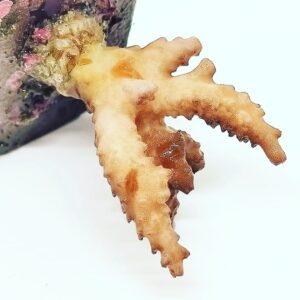
AEFW falling from during a coral dip and bite mark on sps
Acropora-eating flatworms are really nasty pests for aquariums with Acropora corals as they quickly reproduce, have excellent camouflage by using the coral’s own zooxanthellae, and no in-tank treatment method is yet proven 100% effective without significant losses. The most common treatment methods are controlled through weekly removal through blasting them with a turkey baster and letting the fishes like wrasse ect to eat them up or taking out the coral for a dip.
Photo above-showing Flatworm eggs on the SPS
If there are flatworm present, most likely there will be Flatworm eggs too, and do remember to check out for them and manually remove it as coral dip has no effect on eggs!
5) Nuisance Anemones


These are the anemones which reefer dislike. Aiptasia and Majanos are able to clone themselves and overtake an aquarium very quickly. Their powerful nematocysts (stinging cells) on their tentacles injure nearby corals and deter growth. Control and eradication are done through natural predation (Berghia nudibranchs, butterflyfish, & peppermint shrimp) or chemical treatments (such as commercially available treatments like Joe’s Juice, redsea aipatasia X , kalkwasser paste, or even sodium hydroxide , concentrated lemon juice, hot water are effect on them as well.
6) Xanthid Crabs (Black-Tipped Claws)
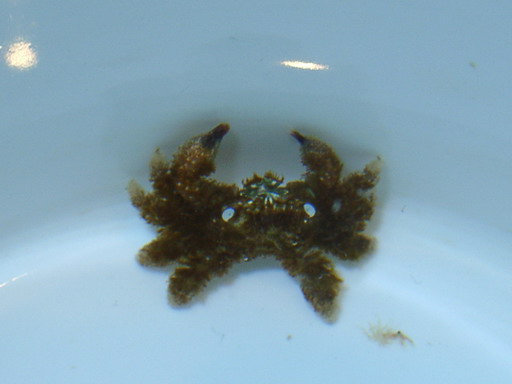
Xanthid crabs have black-tipped claws and are often quite hairy (commonly referred to, Hairy crab or Gorilla Crabs). These are common hitchhikers on live rock, SPS corals but rarely, if ever, reproduce in aquariums. They are quite destructive to corals, other invertebrates, and sometimes even fish. They are also difficult to catch since they often hide deep inside rocks and only come out at night. The only possible solution might be manual removal or trapping it with a trap.
7) Zoanthid-Eating Spiders
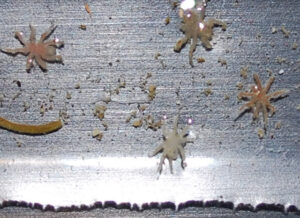
Unfortunately, even saltwater aquariums are subject to getting spiders. Although these may cause nightmares, they are relatively easy to treat with manual removal (tweezers). If the zoanthid colony can be removed from the aquarium, it can be treated with a good coral dip to help dislodge the spiders.
When setting up a marine tank or if you already do have a marine aquarium for reefing, top priority should be – How to get rid of pests in your tank.
In conclusion, these are only a few of some really bad saltwater aquarium pests that reefers should be looking out for, it is recommended to have a separate quarantine practice procedure, that will helps prevent almost all infestations of the above. If a quarantine system is not available, a good coral dip is then a must-have.
As a precaution, always get yourself a bottle of those commercially available coral dips to dip your newly purchased corals to prevent any unwanted pest introducing into your system.
Do you know if any other method that works for you? Share your personal view and experience with us here
